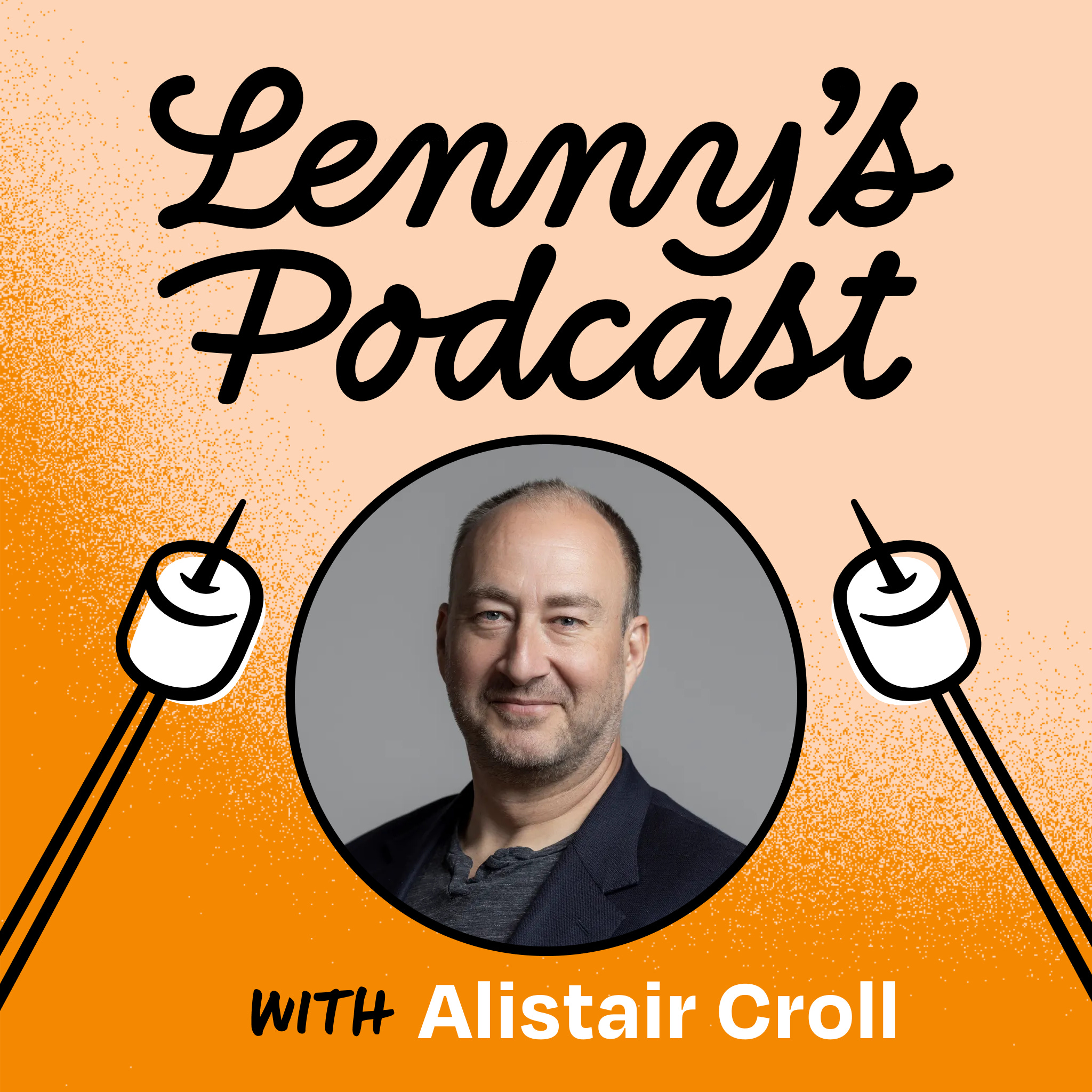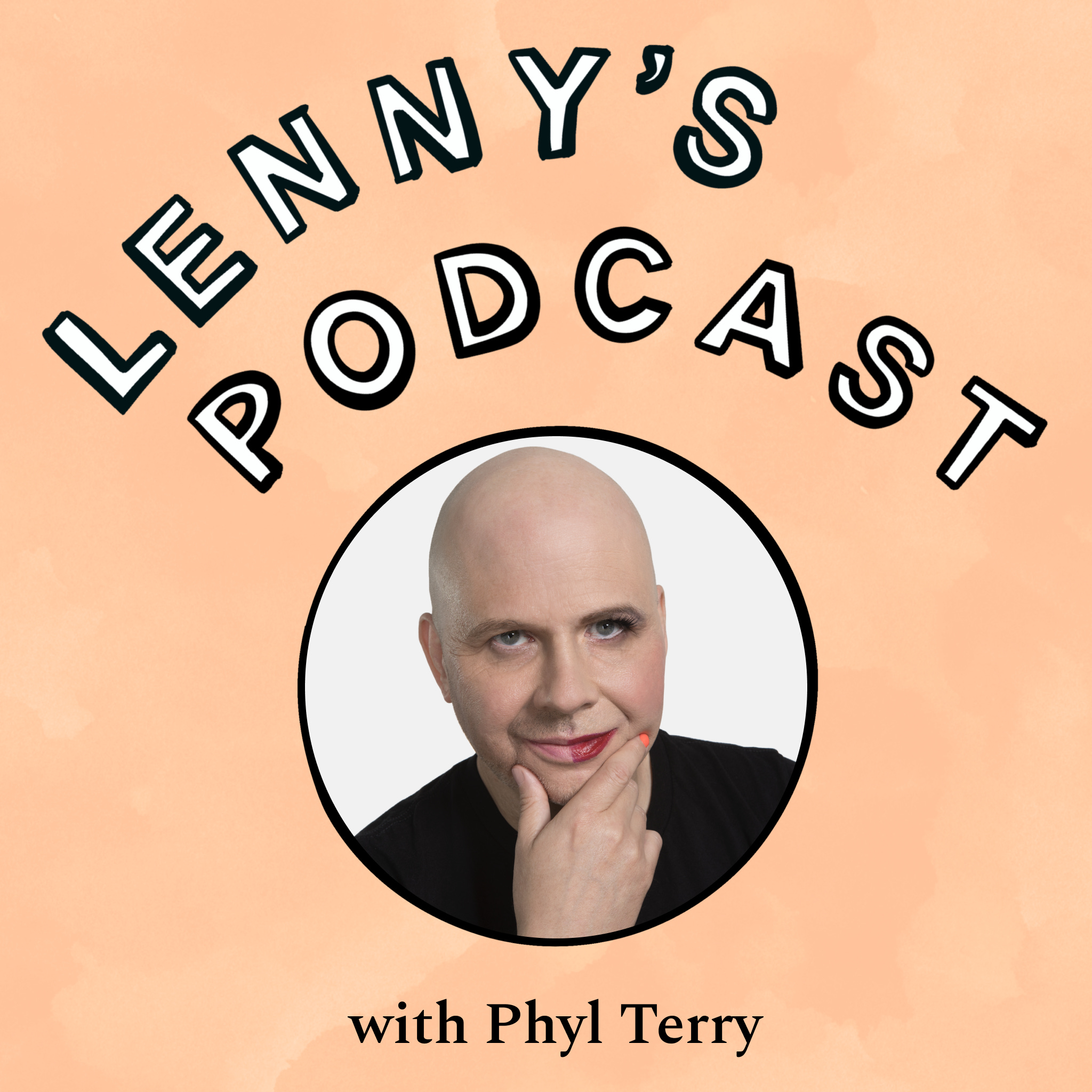The surprising truth about what closes deals: Insights from 2.5m sales conversations | Matt Dixon (author of The Challenger Sale and The JOLT Effect)
Digest
Matt Dixon, a leading sales expert, shares insights from his research on millions of sales calls, revealing a surprising truth: most sales deals are lost not to competition, but to customer indecision. This indecision stems from a powerful human bias called the omission bias, where people are more afraid of being blamed for a bad decision than they are of missing out on an opportunity. Dixon introduces the JOLT method, a four-step process to overcome this fear of failure and drive sales. The JOLT method involves judging the customer's level of indecision, offering a recommendation, limiting exploration, and de-risking the deal. Dixon also discusses the Challenger Sale approach, which emphasizes teaching customers about the market and what they should be doing, rather than simply fulfilling their immediate needs. He uses the example of Densplie, a dental supply company, to illustrate how a Challenger Sale approach can be successful. Dixon emphasizes the importance of being transparent with customers, demonstrating expertise, and establishing trust. He also stresses the need to under-promise and over-deliver, setting realistic expectations and providing safety net options to alleviate customer anxiety. Dixon's insights provide valuable guidance for salespeople looking to improve their closing rates and overcome the challenges of customer indecision.
Outlines

Introduction and Research
This Chapter introduces Matt Dixon, a leading sales expert, and his groundbreaking research on sales conversations. Dixon discusses the research behind his books, "The Challenger Sale" and "The Jolt Effect," highlighting the vast data sets and methodologies used. He emphasizes the shift from traditional survey-based research to leveraging machine learning to analyze millions of sales calls.

The Jolt Effect: Indecision and Fear of Failure
This Chapter delves into the core insight of "The Jolt Effect": customer indecision is a major obstacle to closing deals. Dixon reveals that 40-60% of qualified sales pipelines end in "no decision" losses, driven by customers' fear of making a mistake. He introduces the concept of the omission bias, where people are more afraid of being blamed for a bad decision than they are of missing out on an opportunity. This fear of failure, Dixon argues, is more powerful than status quo bias.

The JOLT Method: Overcoming Indecision
This Chapter introduces the JOLT method, a four-step process designed to overcome customer indecision and drive sales. The JOLT method involves: 1) Judging the customer's level of indecision, 2) Offering a recommendation, 3) Limiting exploration, and 4) De-risking the deal. Dixon provides practical examples and techniques for each step, emphasizing the importance of understanding the customer's anxieties and providing reassurance.

The Challenger Sale: Teaching Customers, Not Just Selling
This Chapter connects the JOLT method to the Challenger Sale approach, highlighting the importance of teaching customers about the market and what they should be doing, rather than simply fulfilling their immediate needs. Dixon uses the example of Densplie, a dental supply company, to illustrate how a Challenger Sale approach can be successful. He emphasizes the importance of identifying unique benefits and insights that can address customer concerns and drive value.

Conclusion and Call to Action
This Chapter concludes the podcast episode with a call to action for listeners. Dixon encourages listeners to connect with him on LinkedIn and visit JoltEffect.com for resources and training. He also promotes his books, "The Challenger Sale" and "The Jolt Effect," as valuable resources for improving sales skills.
Keywords
The Challenger Sale
A book by Matt Dixon and Brent Adamson that outlines a sales methodology focused on teaching customers about the market and what they should be doing, rather than simply fulfilling their immediate needs. It emphasizes the importance of challenging customer assumptions and providing valuable insights.
The Jolt Effect
A book by Matt Dixon that explores the phenomenon of customer indecision and fear of failure in sales. It introduces the JOLT method, a four-step process to overcome this fear and drive sales. The book provides practical insights and techniques for salespeople to address customer anxieties and build trust.
Omission Bias
A cognitive bias where people are more afraid of being blamed for a bad decision than they are of missing out on an opportunity. This bias often leads to indecision and inaction, as people prefer to avoid potential negative consequences.
JOLT Method
A four-step process outlined in "The Jolt Effect" to overcome customer indecision and drive sales. The JOLT method involves: 1) Judging the customer's level of indecision, 2) Offering a recommendation, 3) Limiting exploration, and 4) De-risking the deal.
Fear of Failure
A common human emotion that can lead to indecision and inaction. In sales, customers may be afraid of making a wrong decision and facing negative consequences, such as being blamed or losing money.
Status Quo Bias
A cognitive bias where people prefer to maintain their current state, even if it is not optimal. This bias can make it difficult for salespeople to convince customers to change their behavior or adopt new solutions.
Dunning-Kruger Effect
A cognitive bias where people overestimate their abilities and knowledge. In sales, customers may believe they are more decisive than they actually are, leading to difficulties in identifying and addressing their indecision.
Sales Process
The series of steps involved in selling a product or service, from initial contact to closing the deal. The sales process can be influenced by various factors, including customer behavior, market conditions, and sales strategies.
Sales Skills
The abilities and knowledge required to be successful in sales. These skills include communication, negotiation, relationship building, product knowledge, and understanding customer needs.
Sales Conversations
The interactions between salespeople and customers, where information is exchanged, relationships are built, and deals are negotiated. Analyzing sales conversations can provide valuable insights into customer behavior and sales effectiveness.
Q&A
What is the main reason most sales deals are lost, according to Matt Dixon?
Dixon argues that most sales deals are lost not to competition, but to customer indecision, driven by their fear of making a mistake.
What is the omission bias, and how does it affect sales?
The omission bias is the tendency for people to be more afraid of being blamed for a bad decision than they are of missing out on an opportunity. This bias can lead customers to avoid making any decision at all, even if they are interested in the product or service.
What is the JOLT method, and how can it help salespeople?
The JOLT method is a four-step process designed to overcome customer indecision and drive sales. It involves: 1) Judging the customer's level of indecision, 2) Offering a recommendation, 3) Limiting exploration, and 4) De-risking the deal. By addressing customer anxieties and providing reassurance, the JOLT method can increase the likelihood of closing deals.
What is the Challenger Sale approach, and how does it differ from traditional sales methods?
The Challenger Sale approach focuses on teaching customers about the market and what they should be doing, rather than simply fulfilling their immediate needs. It emphasizes providing valuable insights and challenging customer assumptions, which can lead to a more strategic and impactful sales experience.
What are some key takeaways from Matt Dixon's insights on customer indecision?
Dixon's insights highlight the importance of understanding customer anxieties, building trust, and providing reassurance. He emphasizes the need to be transparent, demonstrate expertise, and under-promise and over-deliver to alleviate customer fears and increase the likelihood of closing deals.
How can salespeople use the JOLT method to overcome customer indecision?
The JOLT method provides a structured approach to addressing customer anxieties and driving sales. By judging the customer's level of indecision, offering a recommendation, limiting exploration, and de-risking the deal, salespeople can build confidence and encourage customers to move forward with a purchase.
What is the difference between status quo bias and omission bias?
Status quo bias is the tendency to prefer the current state, even if it is not optimal. Omission bias is the fear of being blamed for a bad decision, which can lead to inaction. Both biases can contribute to customer indecision, but omission bias is often more powerful.
How can salespeople demonstrate expertise and build trust with customers?
Salespeople can demonstrate expertise by being knowledgeable about the product or service, the market, and customer needs. They can build trust by being transparent, honest, and reliable. Providing valuable insights and addressing customer concerns can also foster trust.
What are some practical ways to de-risk a deal and provide a safety net for customers?
Salespeople can de-risk a deal by setting realistic expectations, providing professional services support, offering specialized contract carve-outs, and involving implementation and customer success teams early on. These actions can alleviate customer anxiety and increase their confidence in the purchase.
Show Notes
Matt Dixon is one of the world’s foremost experts in sales and the author of The Challenger Sale, which sold over a million copies worldwide and was a #1 Amazon and Wall Street Journal bestseller. His most recent book, The JOLT Effect, focuses on overcoming customer indecision—one of the biggest challenges to closing deals. Outside of writing, Matt co-founded DCM Insights, a boutique consultancy helping organizations understand customer behavior, and is a frequent contributor to the Harvard Business Review, with more than 20 print and online articles to his credit. In our conversation, we discuss:
• Why 40% to 60% of qualified sales opportunities are lost due to customer indecision
• Why dialing up FOMO doesn’t work, and what to do instead
• The “pings and echoes” technique to catch issues early
• The JOLT method for overcoming indecision
• Key lessons from The Challenger Sale
• Practical examples of how to apply these principles to close more deals
—
Brought to you by:
• Enterpret—Transform customer feedback into product growth
• Webflow—The web experience platform
• Heap—Cross-platform product analytics that converts, engages, and retains customers
—
Find the transcript at: https://www.lennysnewsletter.com/p/close-more-deals-matt-dixon
—
Where to find Matt Dixon:
• LinkedIn: https://www.linkedin.com/in/matthewxdixon
• Website: https://www.jolteffect.com/
—
Where to find Lenny:
• Newsletter: https://www.lennysnewsletter.com
• X: https://twitter.com/lennysan
• LinkedIn: https://www.linkedin.com/in/lennyrachitsky/
—
In this episode, we cover:
(00:00 ) Matt’s background
(01:57 ) The research behind Matt’s books
(06:08 ) Insights from The JOLT Effect
(10:15 ) FOMO vs. FOMU
(18:18 ) An example of selling software
(26:04 ) The JOLT method Step 1: Judge their level of indecision
(29:41 ) The “pings and echoes” technique
(34:49 ) Step 2: Offer a recommendation
(38:36 ) Step 3: Limit the exploration
(41:43 ) Step 4: Take risk off the table
(45:58 ) When to hit the pause button with a customer
(47:27 ) Insights from The Challenger Sale
(49:07 ) An example of a challenger sale
(55:23 ) Where to find Matt
—
Referenced:
• A step-by-step guide to crafting a sales pitch that wins | April Dunford (author of Obviously Awesome and Sales Pitch): https://www.lennysnewsletter.com/p/a-step-by-step-guide-to-crafting
• The Challenger Sale: Taking Control of the Customer Conversation: https://www.amazon.com/Challenger-Sale-Control-Customer-Conversation/dp/0670922854
• The JOLT Effect: How High Performers Overcome Customer Indecision: https://www.amazon.com/JOLT-Effect-Performers-Overcome-Indecision/dp/0593538102
• Gartner acquires CEB: https://www.gartner.com/en/about/acquisitions/history/ceb-acquisition
• Tiger King on Netflix: https://www.netflix.com/title/81115994
• Why sourdough went viral: https://www.economist.com/1843/2020/08/04/why-sourdough-went-viral
• Neil Rackham: https://en.wikipedia.org/wiki/Neil_Rackham
• Status quo bias in decision-making: https://en.wikipedia.org/wiki/Status_quo_bias
• Omission bias: https://thedecisionlab.com/biases/omission-bias
• Gartner Magic Quadrant & Critical Capabilities: https://www.gartner.com/en/research/magic-quadrant
• Dunning-Kruger effect: https://en.wikipedia.org/wiki/Dunning%E2%80%93Kruger_effect
• Stop Losing Sales to Customer Indecision: https://hbr.org/2022/06/stop-losing-sales-to-customer-indecision
• Dentsply Sirona: https://www.dentsplysirona.com/
• “We happy?” Briefcase scene from Tarantino’s Pulp Fiction: https://www.youtube.com/watch?v=FGchDuOpbhE
• Nupro Freedom Cordless Prophy System: https://www.dentsplysirona.com/en-us/discover/discover-by-category/preventive/hygiene-handpieces.html
—
Production and marketing by https://penname.co/. For inquiries about sponsoring the podcast, email podcast@lennyrachitsky.com.
—
Lenny may be an investor in the companies discussed.
Get full access to Lenny's Newsletter at www.lennysnewsletter.com/subscribe

























